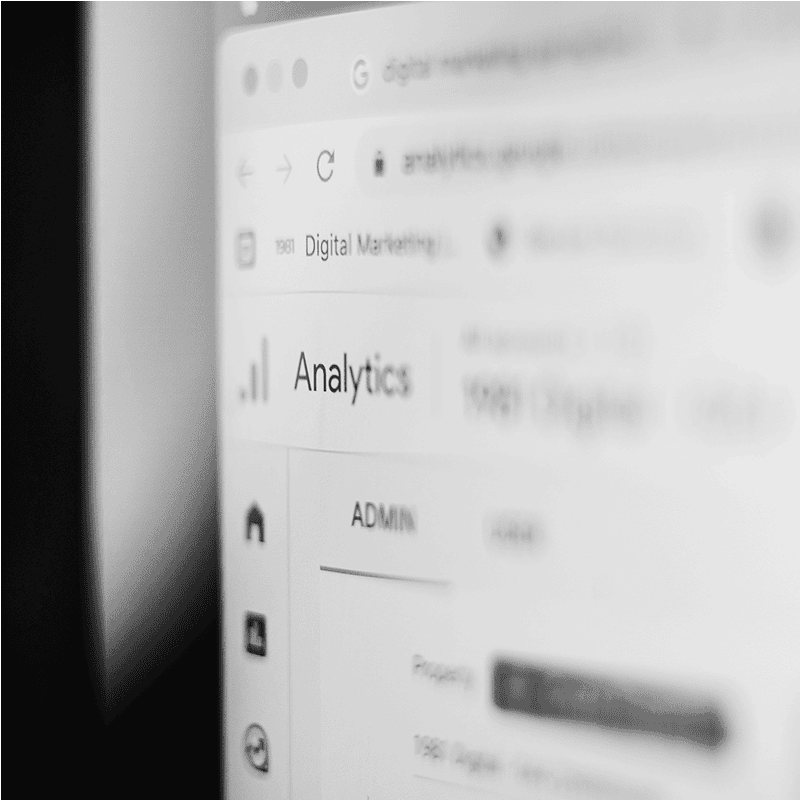Hidden risks in your link profile? Time for clear answers.
Linkaudit with a plan: from analysis to the disavow list
Know which links are harmful – and how to strengthen your profile
Linkaudit without digitalike
Linkaudit with digitalike
A clear view: Linkaudit made understandable
You are always in the loop – we explain, evaluate and prioritize together.
Every link profile is different – our evaluation follows your business model and SEO goal.
You can see what changes – from removed links to improved rankings.

Recognize warning signals in the link profile at an early stage
An unhealthy link profile can massively damage your ranking – often without you even realizing it.
You should not ignore these signals:
Conspicuously many links from weak domains
Unnatural anchor text patterns
Links from irrelevant language areas
Suspicion of purchased backlinks
Rapid increase in new backlinks
Links from bad neighborhoods
Better to act proactively – before Google does
What Our Clients Say
Trusted by Leading Brands
Backlinks can help – or harm. You decide.
Make your website resilient against penalties – with a clean link profile, a clear strategy and SEO measures that really work. We show you how a professional link audit can ensure your success.
Do you have any questions?
What exactly is analyzed in a link audit?
A link audit examines the quality and structure of your entire backlink profile. We analyze which domains are linking to you, how relevant and trustworthy these sources are and whether there are any patterns that Google classifies as unnatural. We check anchor texts, domain types, link frequencies and conspicuous peaks in link building. The aim is to identify harmful or manipulative links at an early stage and devalue them in a targeted manner.
How do I recognize whether my link profile is problematic?
Warning signals can be, for example, sudden drops in ranking, a conspicuously high number of links from irrelevant or low-quality pages or unnatural anchor texts. However, the problem often goes unnoticed for a long time until Google reacts with a penalty. A look at tools such as Google Search Console or SEMRush can also provide clues – such as a sharp increase in new backlinks for no apparent reason. A professional audit provides clarity here and avoids misjudgements.
What happens to harmful backlinks after the audit?
If harmful or toxic links are identified, we create a so-called disavow file. This file is submitted via the Google Search Console and signals that certain links should be ignored in the ranking. In some cases, we also recommend contacting the linking site directly and requesting removal. Important: We always proceed in a structured and documented manner – without any risks for your domain.
Do you use tools or is the evaluation done manually?
We combine powerful SEO tools such as SEMrush or use DataForSEO with manual evaluation by experienced SEO experts. Because not every “toxic link” that a tool recognizes is actually dangerous – and vice versa. Only by comparing your goals, your industry and your previous link building can you get a realistic picture. Automated reports alone are not enough for well-founded decisions.
Is a link audit also useful if I don’t have a penalty?
Yes, absolutely – a link audit is not just a reaction to a problem, but a proactive measure for SEO protection. Risks often lie dormant in the background that only have a negative impact later on. You can also use an audit to identify targeted potential, e.g. which link sources are particularly valuable or where your profile appears unnatural. This will strengthen your SEO performance in the long term and better prepare you for future Google updates.
How often should a link audit be carried out?
A link audit is not a one-off measure, but should be carried out regularly – ideally once or twice a year. An up-to-date check is particularly recommended after major Google updates or in the event of noticeable ranking changes. Regular checks are also worthwhile for active link building in order to keep the structure clean and low-risk. This keeps you on the safe side in the long term and allows you to react quickly in the event of problems.








